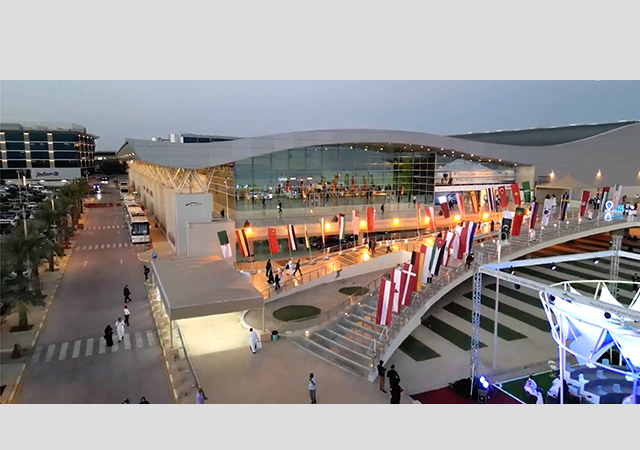
 Martin: Saudi Arabia is setting the standard for integrating global design trends with local context.
Martin: Saudi Arabia is setting the standard for integrating global design trends with local context.
As the Kingdom of Saudi Arabia embarks on one of the most ambitious transformations in its history, its built environment has become a defining element of its future. Guided by Vision 2030, the kingdom is not only reshaping its physical landscape but also spearheading a profound evolution in its national identity – one that celebrates its cultural heritage while embracing innovation and modernity.
This transformation is reshaping cities, communities and the very fabric of Saudi society, aiming to balance economic growth with a sustainable, inclusive future.
As an architecture and design firm committed to the Middle East, Gensler believes Saudi Arabia is setting the standard for integrating global design trends with local context. The kingdom’s transformation is not only redefining its urban landscape but also creating a dynamic model for cities of the future – urban environments that foster connectivity, sustainability and social interaction.
Rise of Mixed-Use Lifestyle Districts
At the heart of Saudi Arabia’s transformation lies the emergence of mixed-use lifestyle districts, which have become the cornerstones of modern urban planning. These developments are designed to integrate residential, commercial, cultural, and recreational spaces, creating vibrant, walkable neighbourhoods that promote community interaction. By combining hospitality, retail, sports and residential functions, they embody a global trend toward creating cities that are not just places to live but destinations that offer a rich, multifaceted experience.
Riyadh’s Diplomatic Quarter (DQ) serves as a shining example of this transformation. Originally a diplomat-focused area, it is now evolving into a vibrant, pedestrian-centric district that integrates upscale residential spaces with cultural and recreational opportunities. This development mirrors global urban innovations like Msheireb Downtown Doha and Ras Al Khaimah Central in the UAE – projects where Gensler’s influence is evident in shaping future-ready cities. These developments embrace the concept of the "20-minute city", where residents can access essential services, workplaces and amenities within a short walk or bike ride, fostering a higher quality of life and reducing dependence on cars.
Such transformations go beyond aesthetics – they are powerful economic drivers. By encouraging social interaction and attracting global businesses, these districts play a pivotal role in positioning Saudi Arabia as a dynamic global hub. As the kingdom continues to diversify its economy and build its global stature, these lifestyle districts will be at the forefront of shaping its urban identity.
Sustainability – A Cornerstone of Design
The urgency of climate change and Saudi Arabia’s ambitious sustainability goals under Vision 2030 are accelerating the development of innovative, eco-friendly solutions in design and construction. The kingdom has committed to renewable energy, low-carbon strategies and resilient urban planning to mitigate environmental impact and secure long-term sustainability.
Gensler has developed tools such as the Gensler Product Sustainability (GPS) Standards, which help it to select low- or no-carbon materials for interiors and furnishings, significantly reducing environmental impact. Furthermore, advancements in construction technologies – such as zero-carbon cement and sustainable building systems – are aligned with Saudi Arabia’s goals of creating energy-efficient, resilient buildings.
The commitment to sustainability also extends to adaptive reuse, where existing structures are repurposed to reduce waste and conserve resources. In a rapidly evolving urban landscape, adaptive reuse strategies can transform aging buildings into vital assets, ensuring that Saudi Arabia’s future cities remain sustainable, resilient, and capable of adapting to shifting environmental and social challenges. Such innovations are vital for addressing climate-related risks, including the extreme heat and storms that have become more common in the region.
Adaptive Reuse
Adaptive reuse is increasingly recognised as a powerful tool for revitalising underutilised properties and transforming them into valuable assets. In Saudi Arabia, where rapid urbanisation has resulted in an influx of new buildings, this practice is gaining traction. Aging office buildings and outdated infrastructure are being repurposed into vibrant mixed-use spaces, healthcare facilities, or residential developments.
Gensler’s Conversions+ platform plays a key role in identifying and unlocking the potential of these buildings. For instance, Riyadh’s financial district, once home to under-used and aging properties, is now poised for transformation into vibrant, multi-functional spaces that meet the demands of modern urban living. These projects not only enhance sustainability by reducing the need for new construction but also contribute to the efficient use of resources and help cities preserve their architectural heritage.
Housing for a Growing Population
Saudi Arabia’s rapidly growing population is placing increased pressure on the housing sector. The kingdom faces the challenge of meeting rising demand while ensuring that housing remains affordable, especially for young professionals, families, and the increasing influx of foreign talent. Saudi Arabia’s focus on branded residential developments reflects a balanced approach to these demands, blending affordability with luxury to attract international investors and meet local needs.
Designing housing that appeals to both local and global residents is a key element of the kingdom’s strategy to become a prime destination for investment. These developments are designed not only for luxury but also to provide functionality and cultural relevance, ensuring that they resonate with the evolving needs of the population.
Evolving Workplace
The workplace of the future is already taking shape in Saudi Arabia. In line with global trends, businesses are demanding modern office spaces that prioritise employee well-being, creativity, and collaboration. The focus has shifted from merely providing a physical space to creating environments that foster innovation, productivity, and employee engagement.
In Saudi Arabia, the demand for Class A office spaces is growing rapidly, particularly in mixed-use districts where workplaces, residential areas, and amenities are seamlessly integrated. These environments are not only more attractive to businesses but also reflect the kingdom’s ambition to become a global business hub. By prioritising workspaces that enhance employee experience and ensure high levels of collaboration, Saudi Arabia is positioning itself at the forefront of modern business practices.
Heritage Meets Modernity
What sets Saudi Arabia’s design transformation apart is its ability to embrace cutting-edge modernity while remaining deeply rooted in its rich cultural heritage. From the intricate patterns and traditions of ancient architecture to the natural beauty of the Arabian landscapes, Saudi Arabia’s design philosophy is deeply connected to its past. However, rather than replicating the past, this transformation seeks to blend traditional elements with contemporary aesthetics, creating spaces that are both forward-thinking and culturally resonant.
Blueprint for the Future
Saudi Arabia’s bold vision for its built environment is shaping the future of urban design not only within the kingdom but also globally. By focusing on sustainability, adaptive reuse and community-centric development, Saudi Arabia is setting a new standard for urban planning in the Middle East and beyond.
This transformation is more than a vision for Saudi Arabia – it is a blueprint for the world, setting a new precedent for how cities can evolve to meet the challenges of the 21st century.


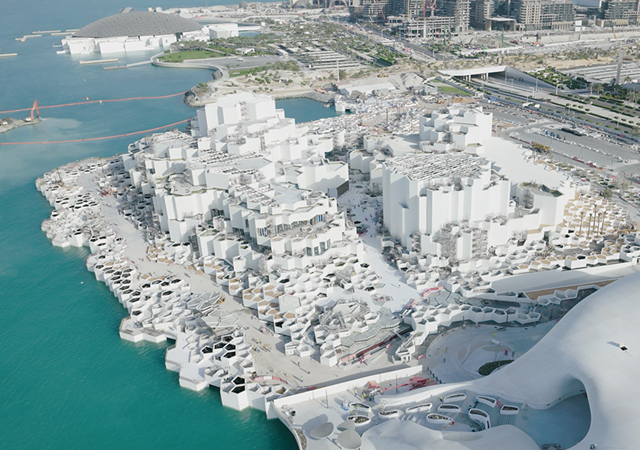
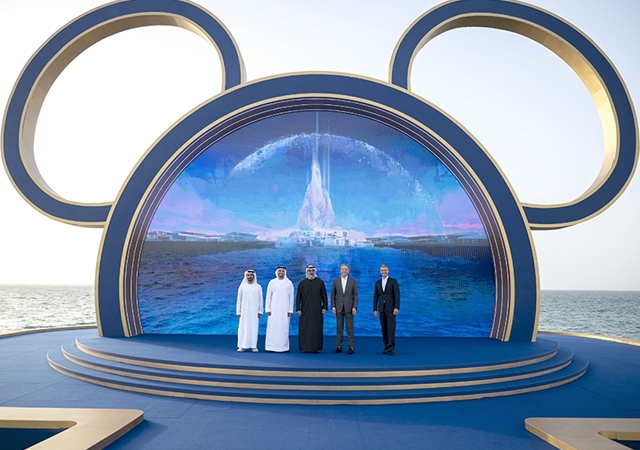
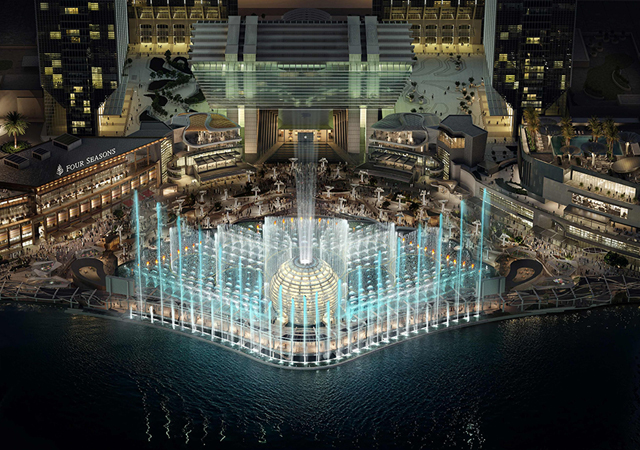
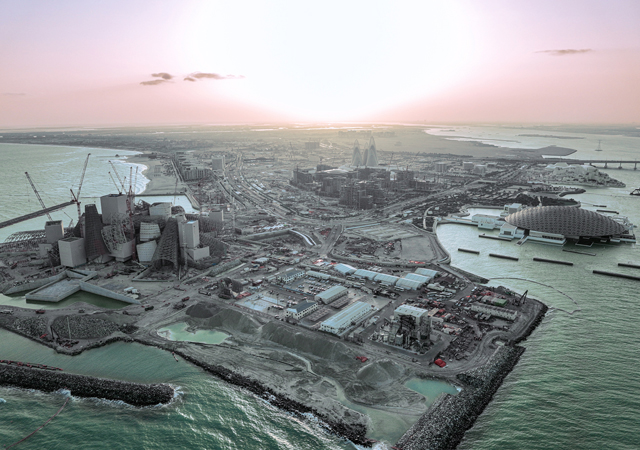
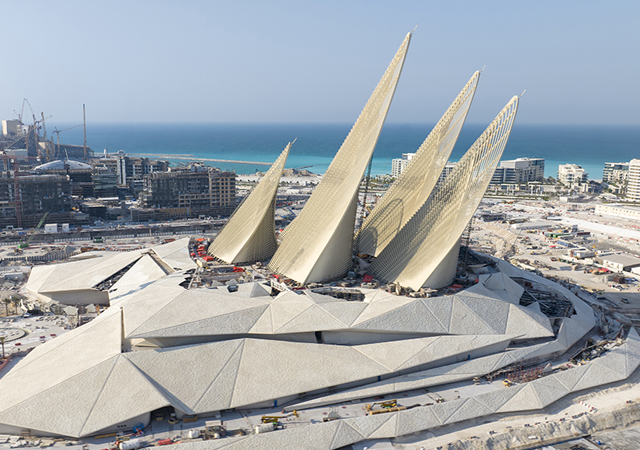
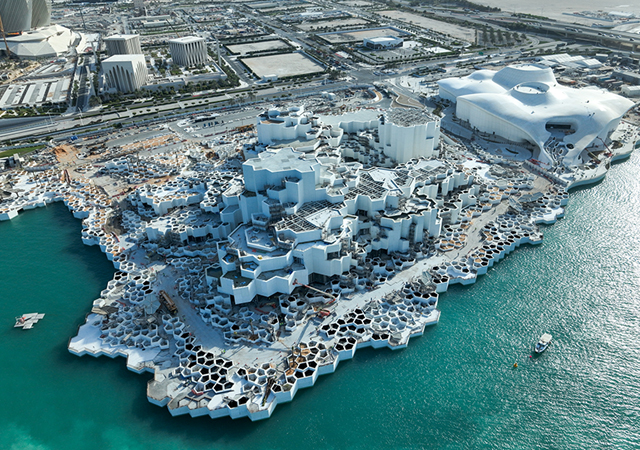
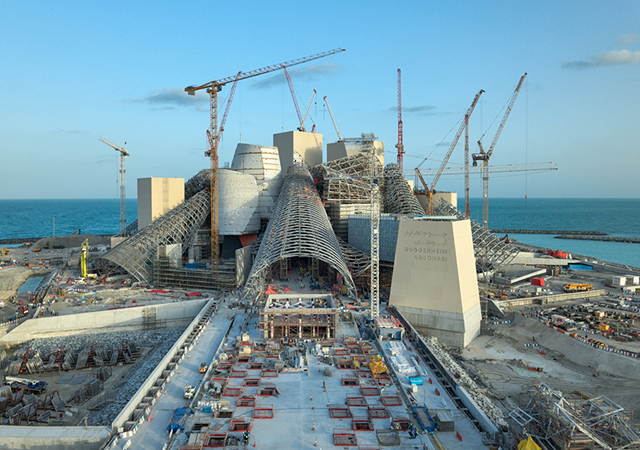
.jpg)
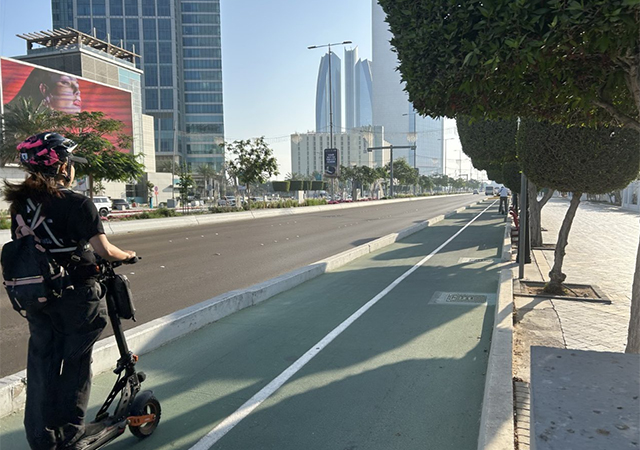
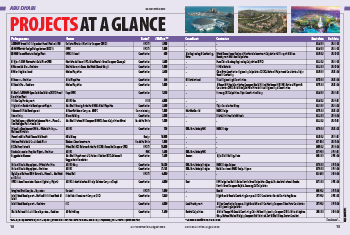
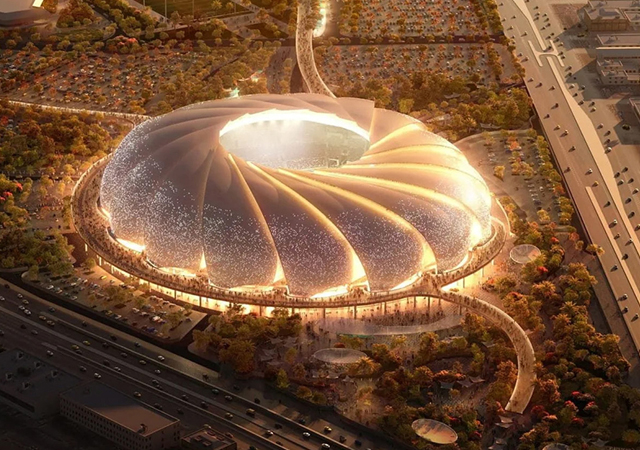
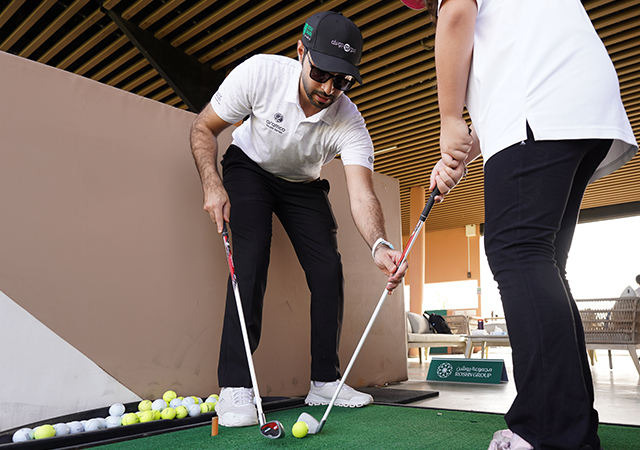
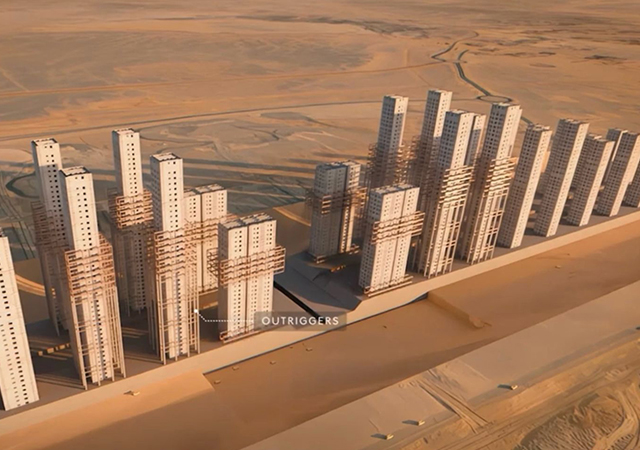
.jpg)
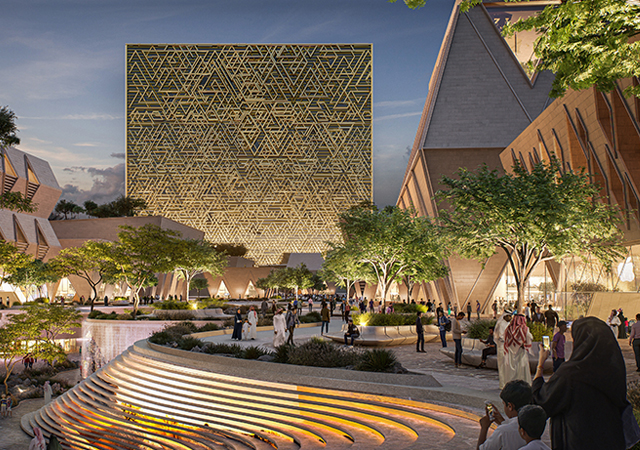
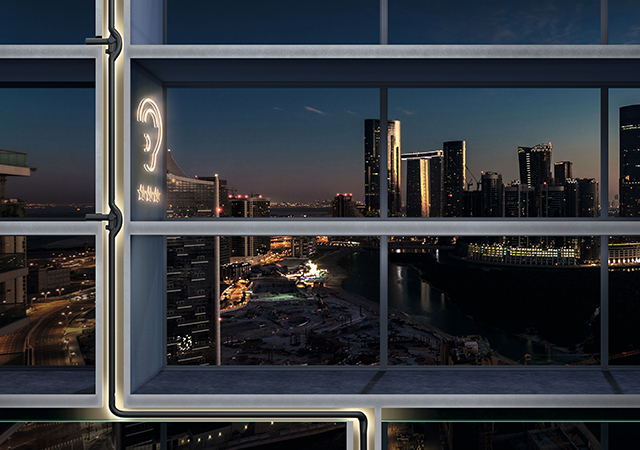
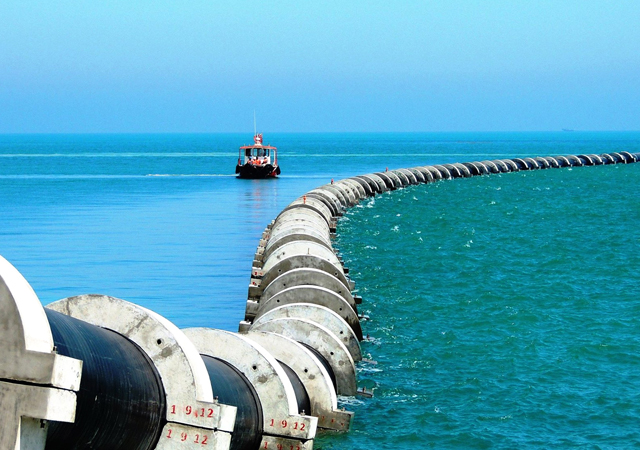
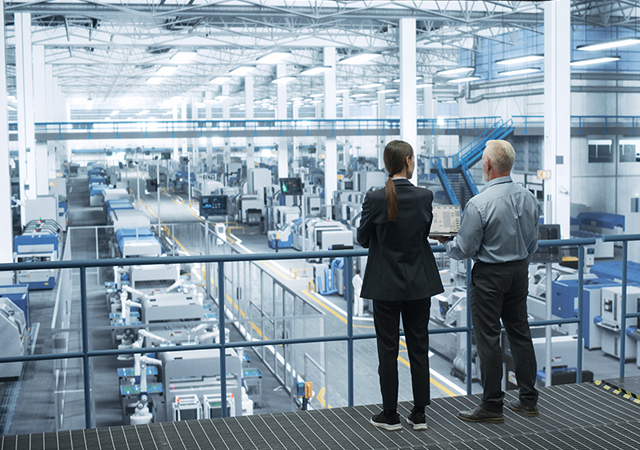
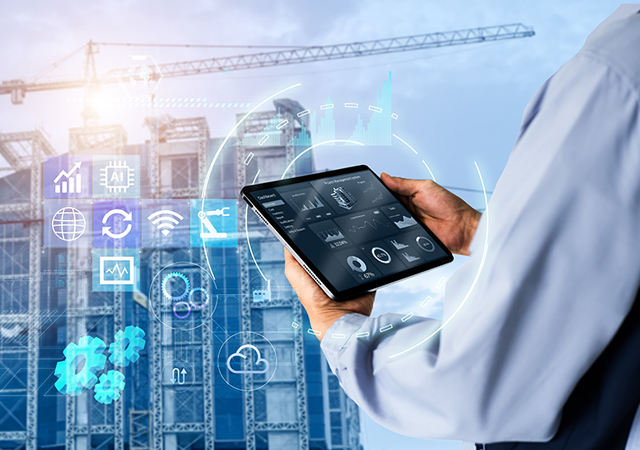
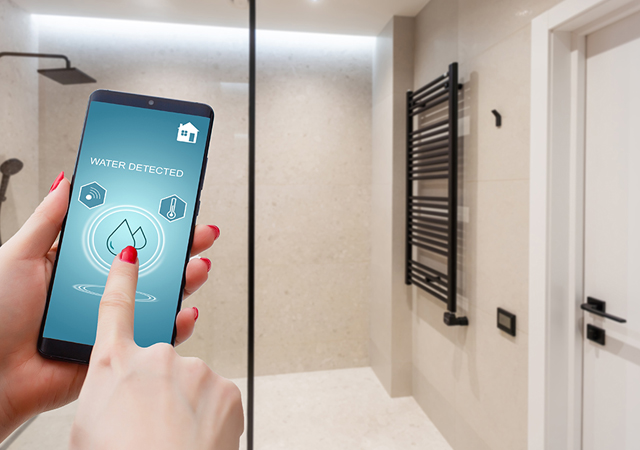
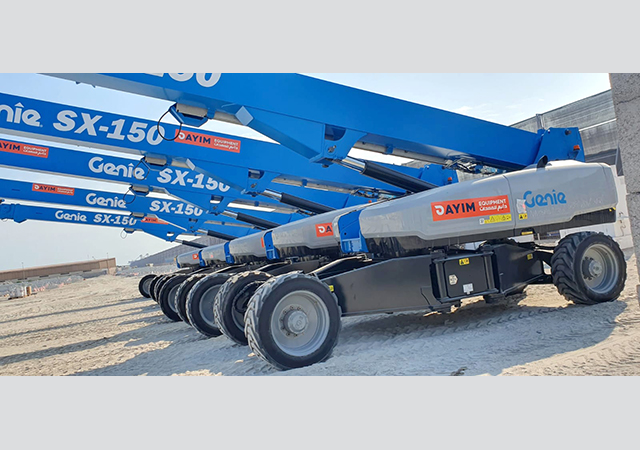
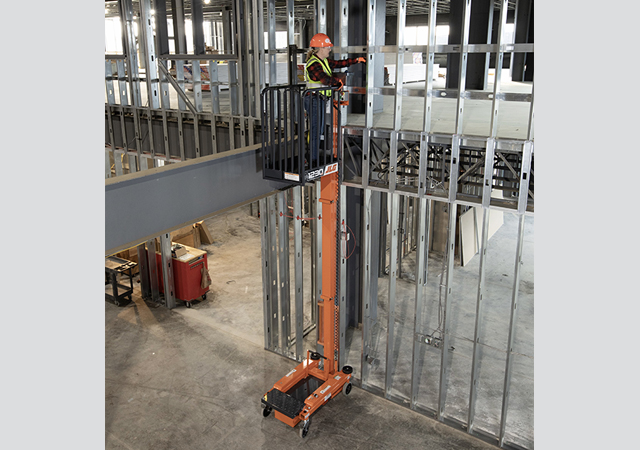
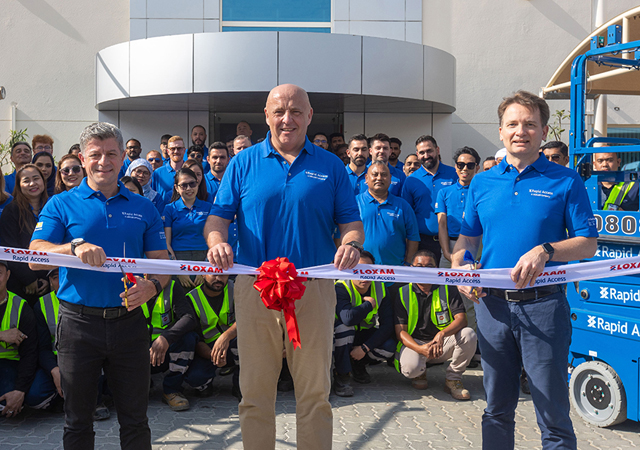
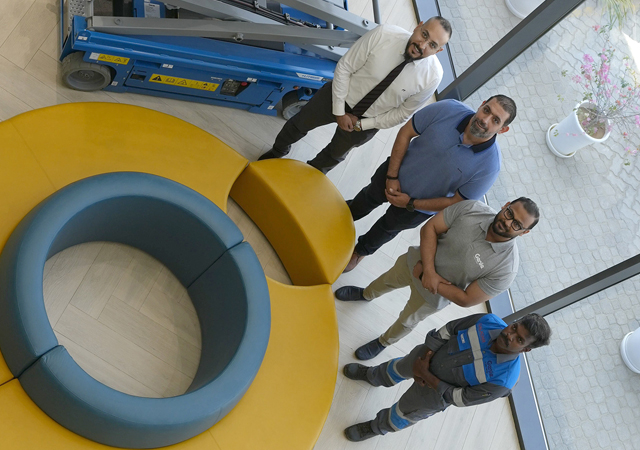
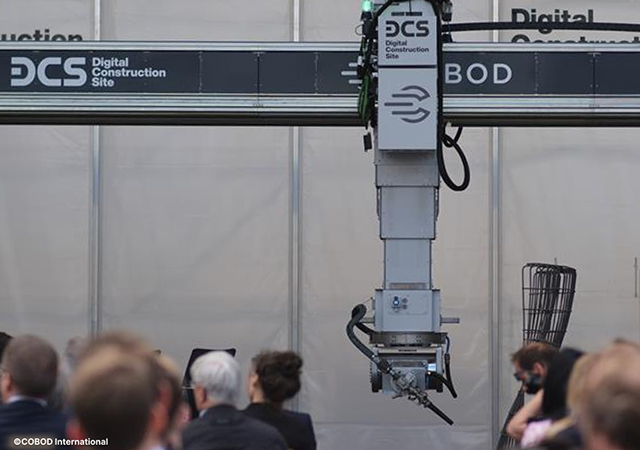
Doka (2).jpg)
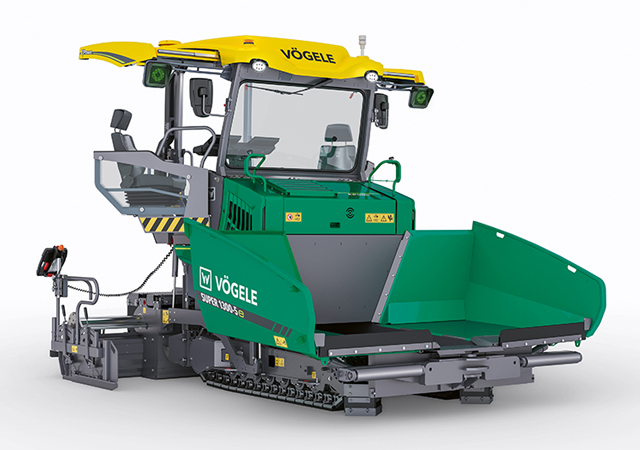
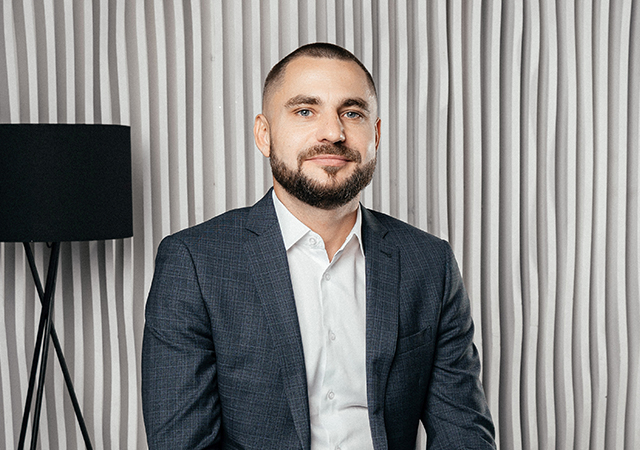
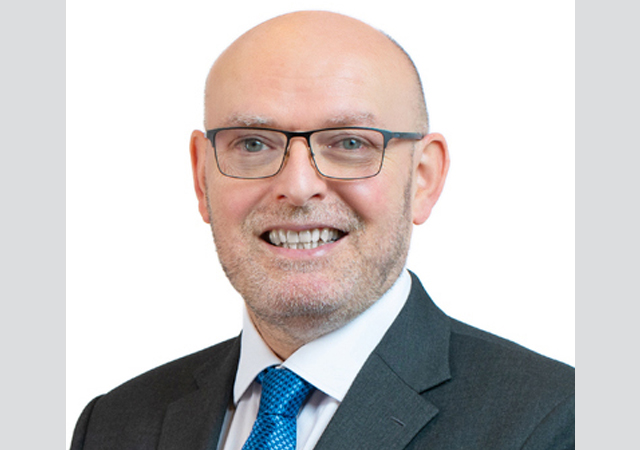
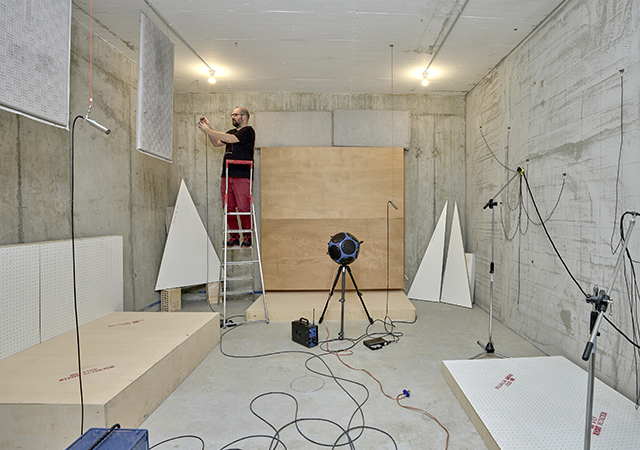

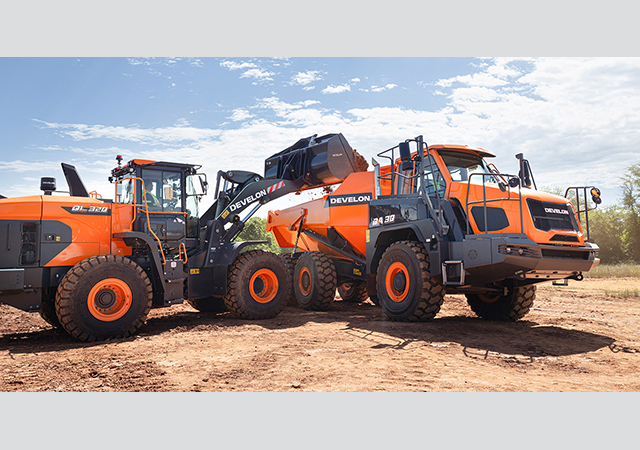
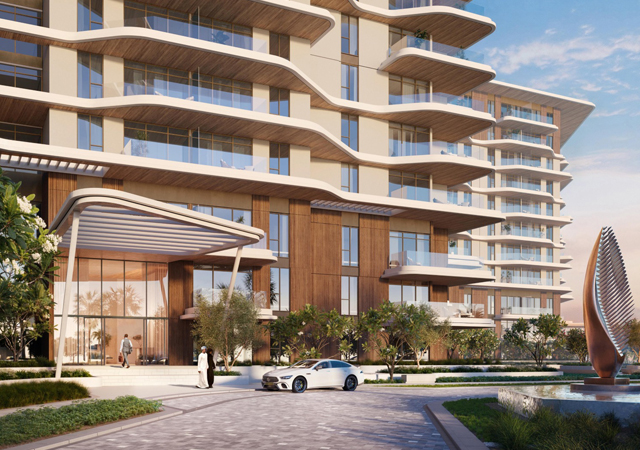

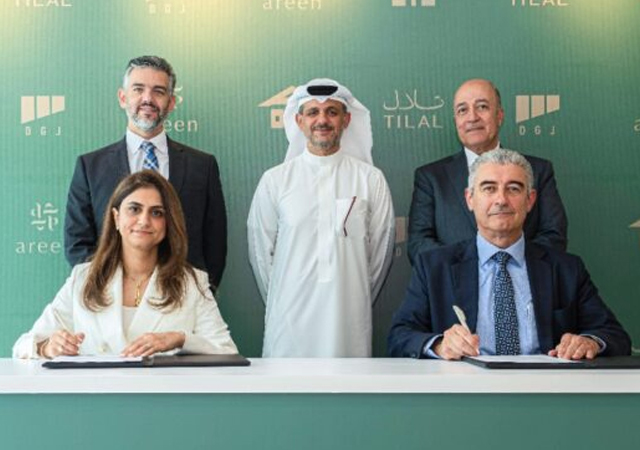
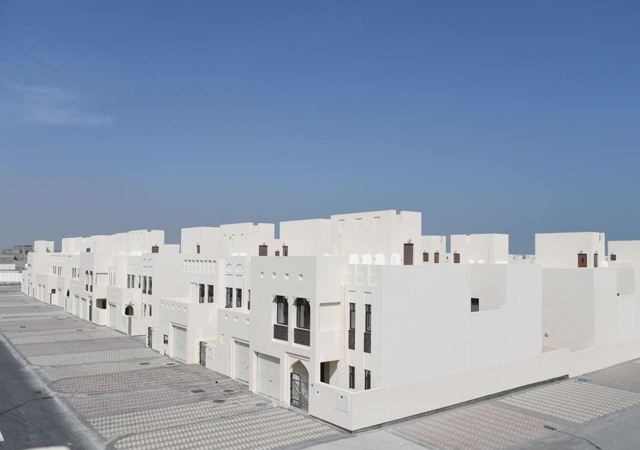
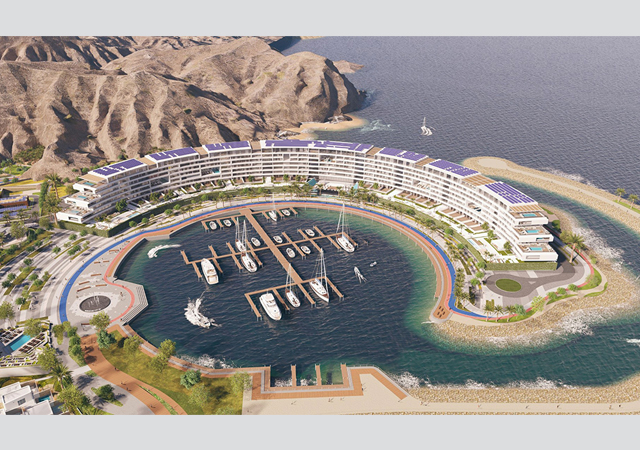
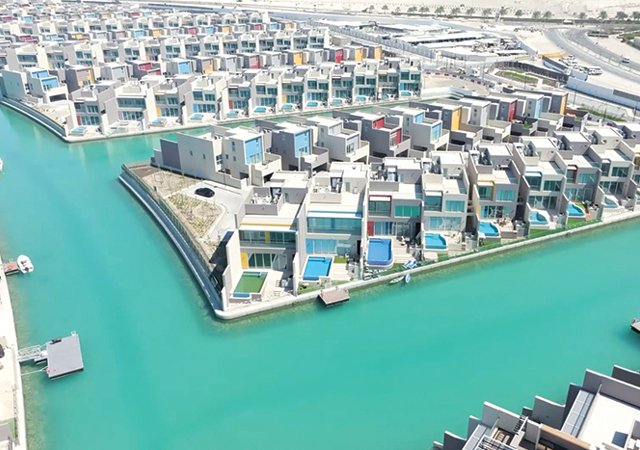
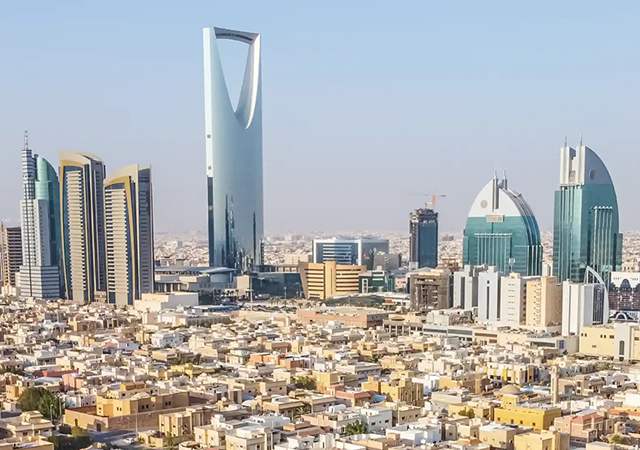

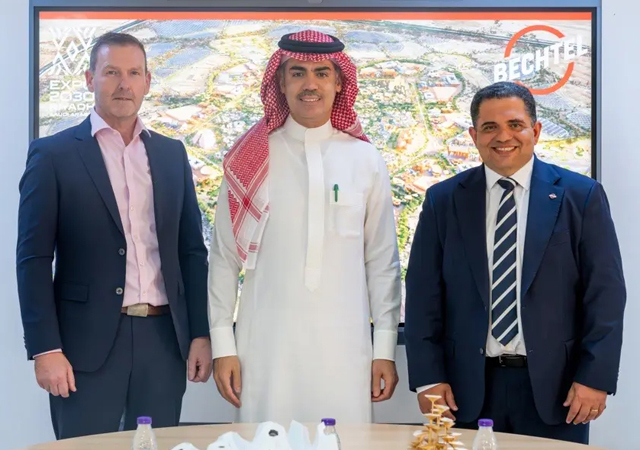
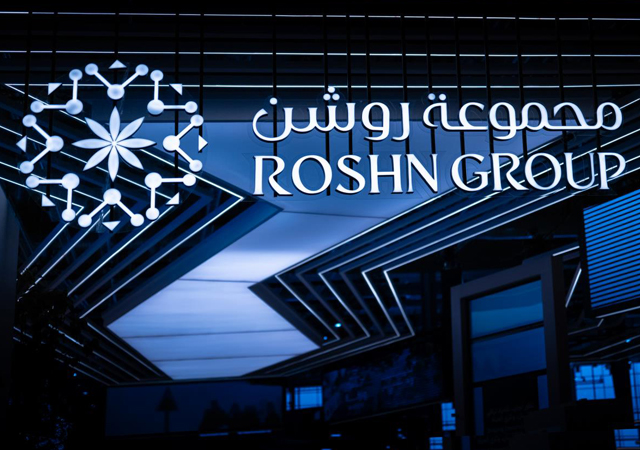
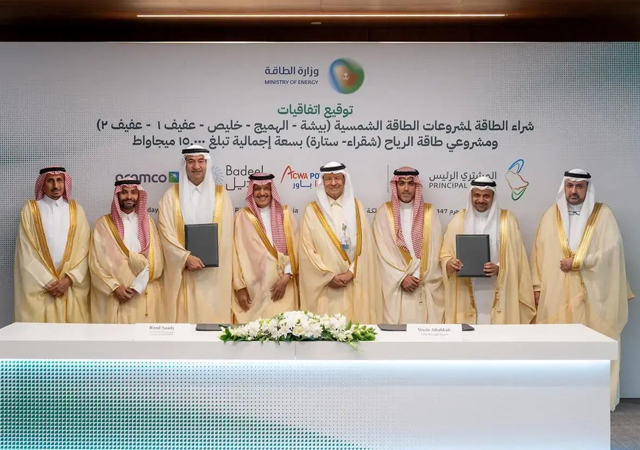
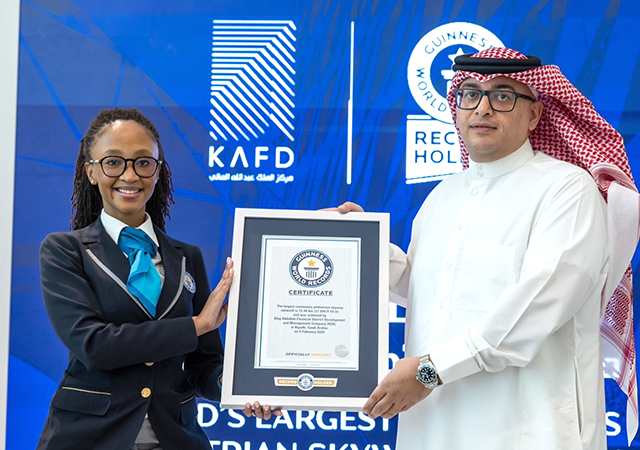
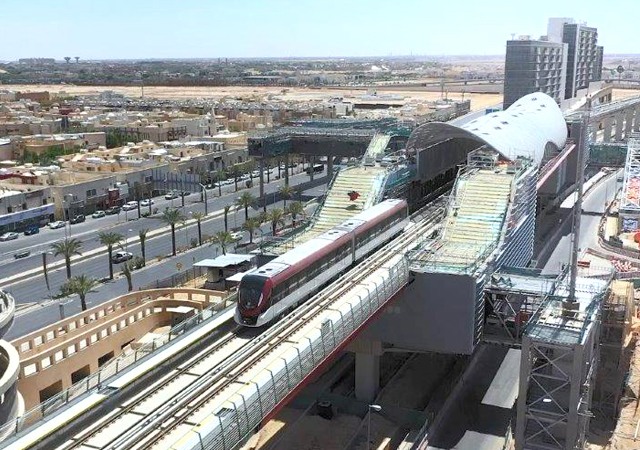
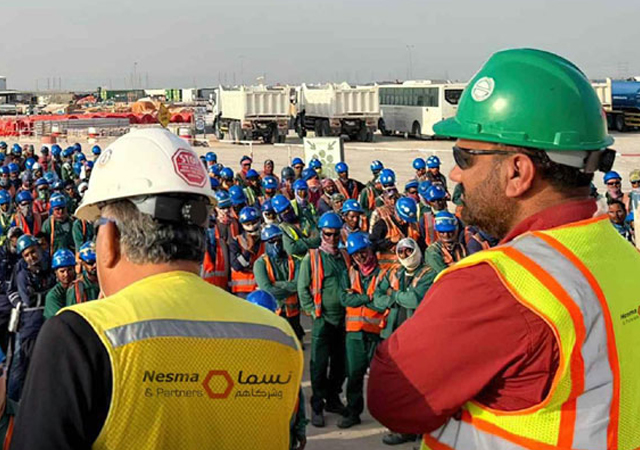
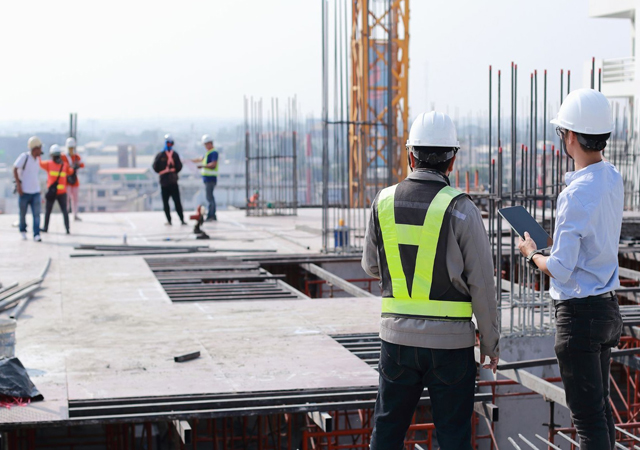
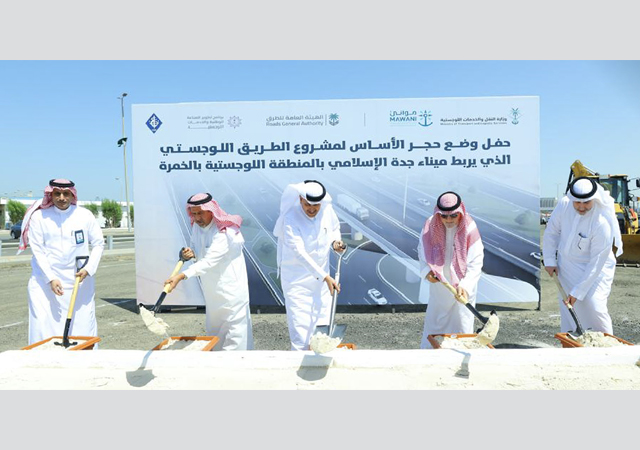
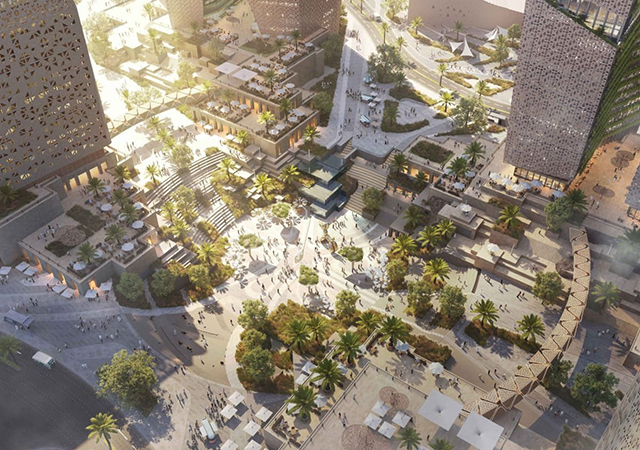

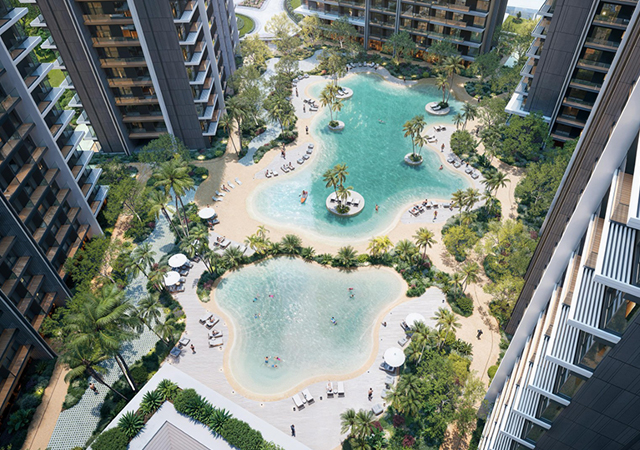
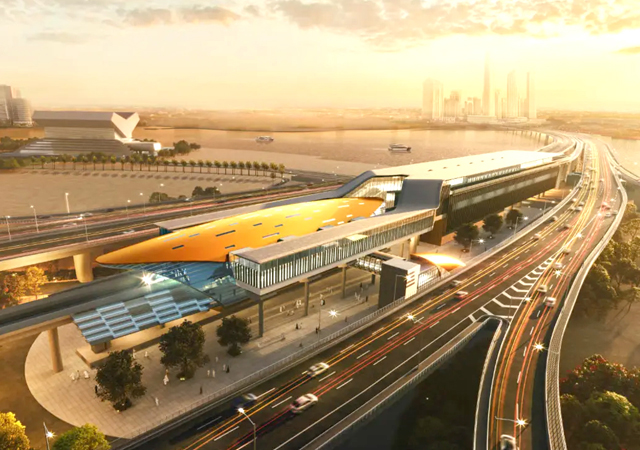
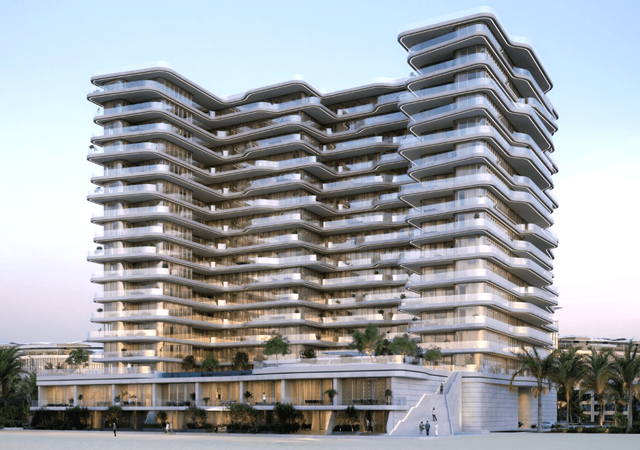
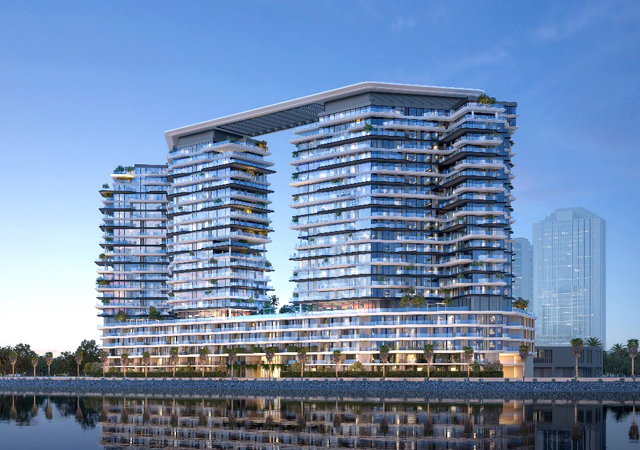
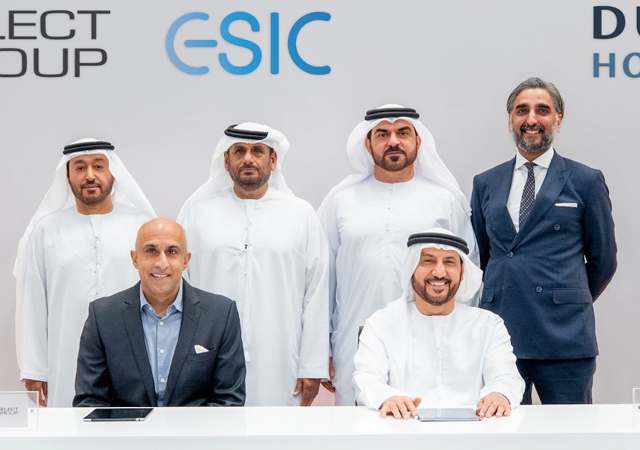
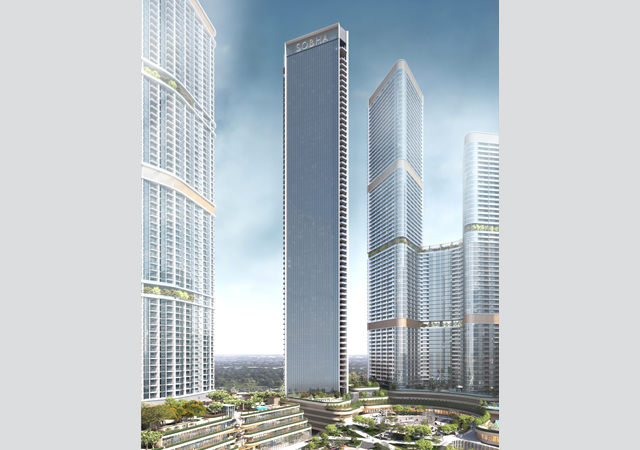
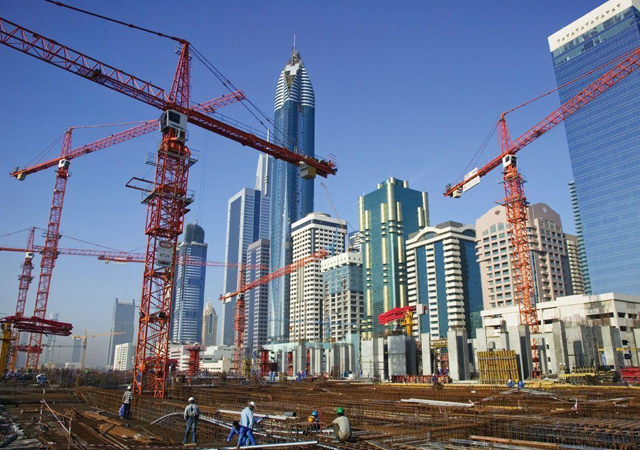
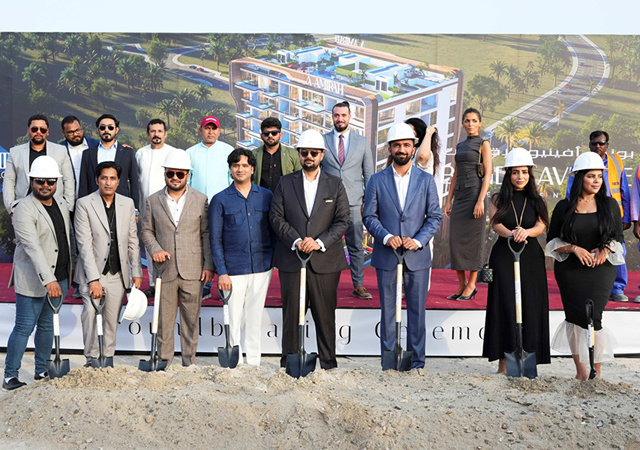
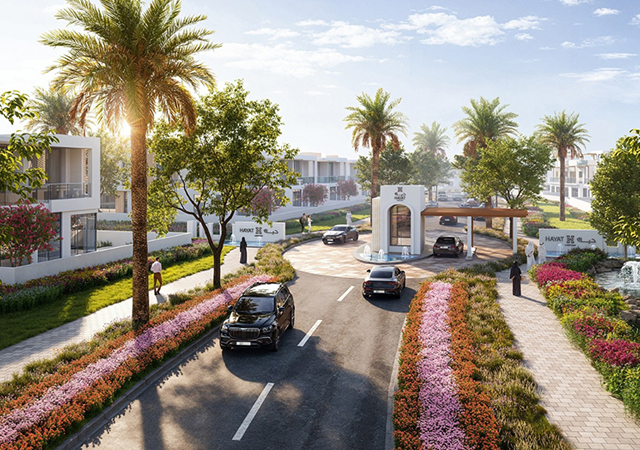
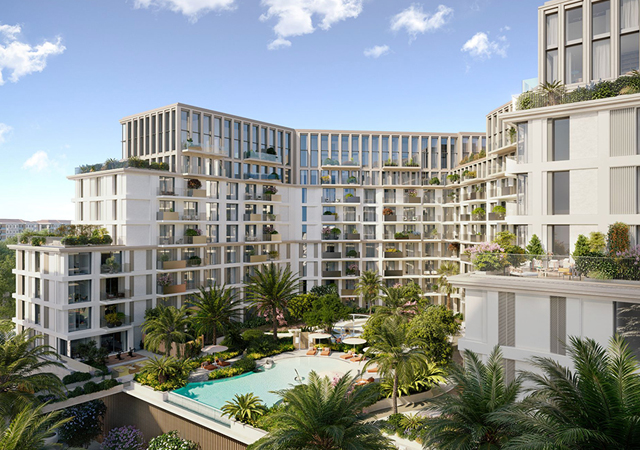
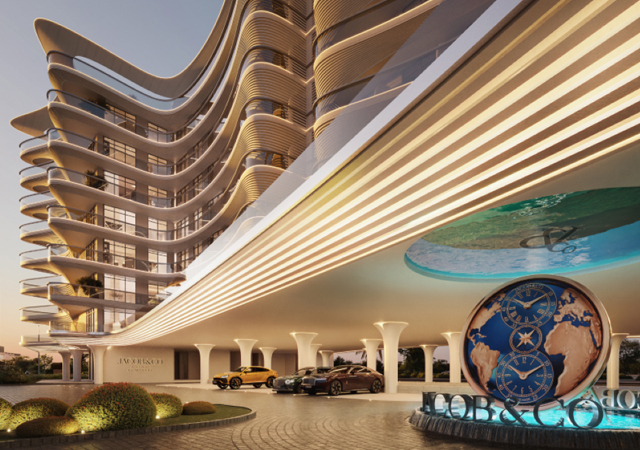
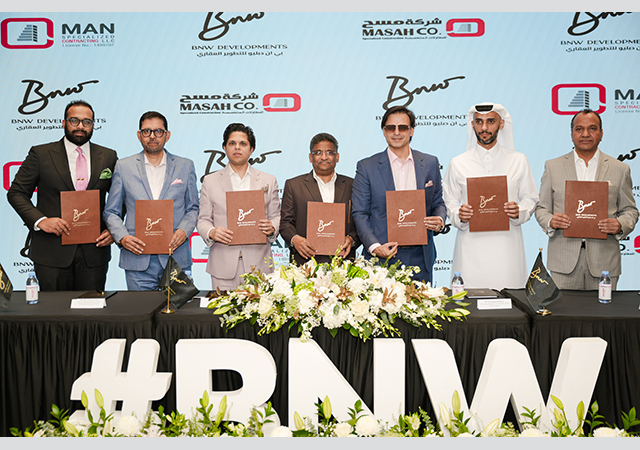
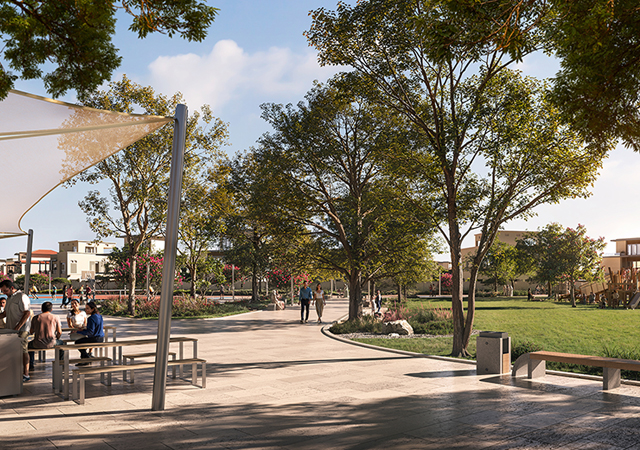
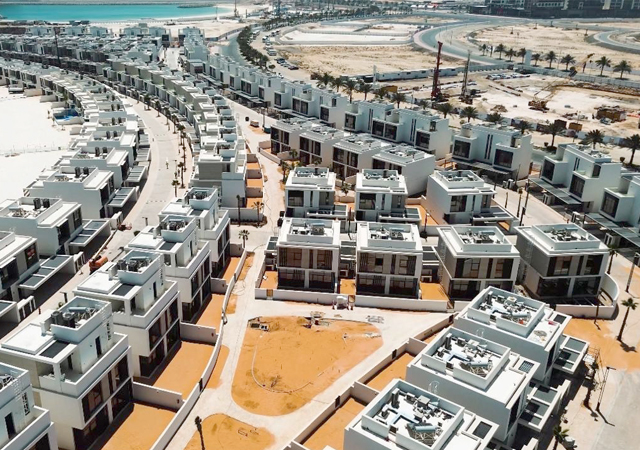
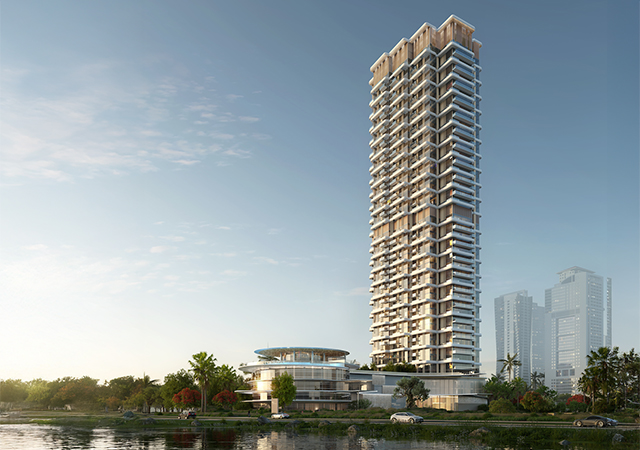
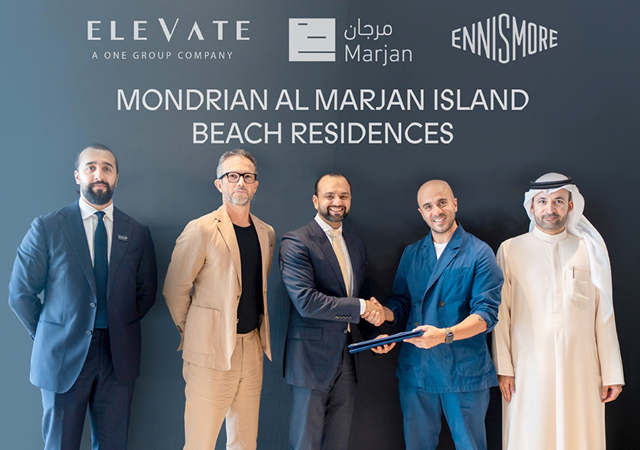
.jpg)
.jpg)
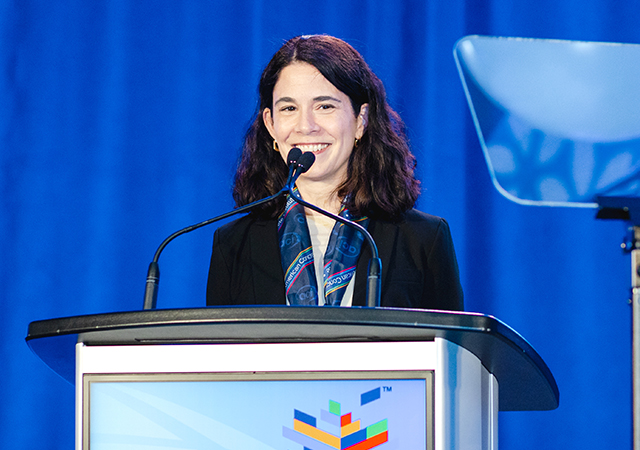
.jpg)
